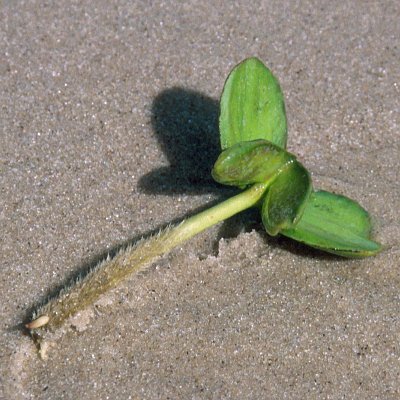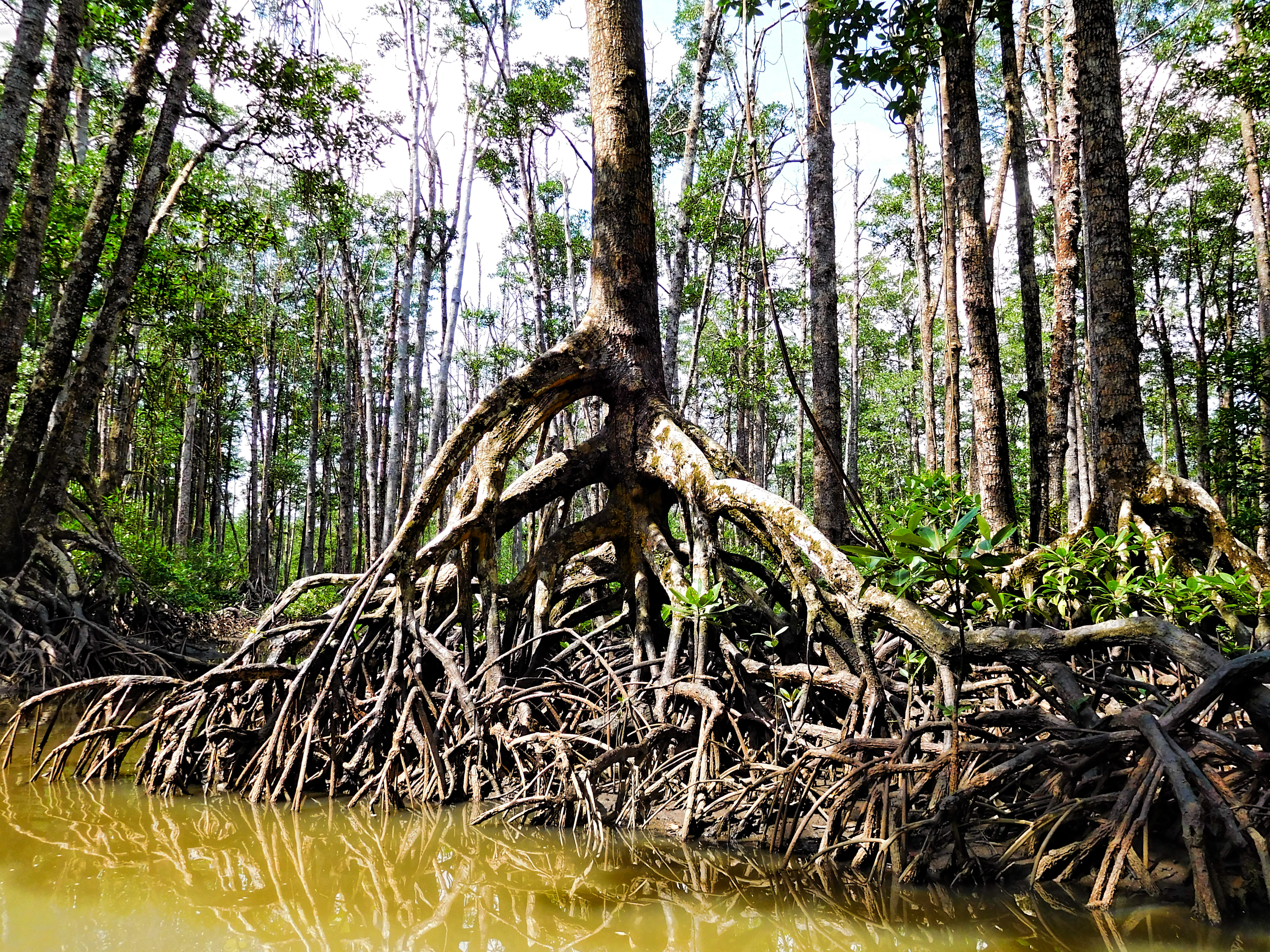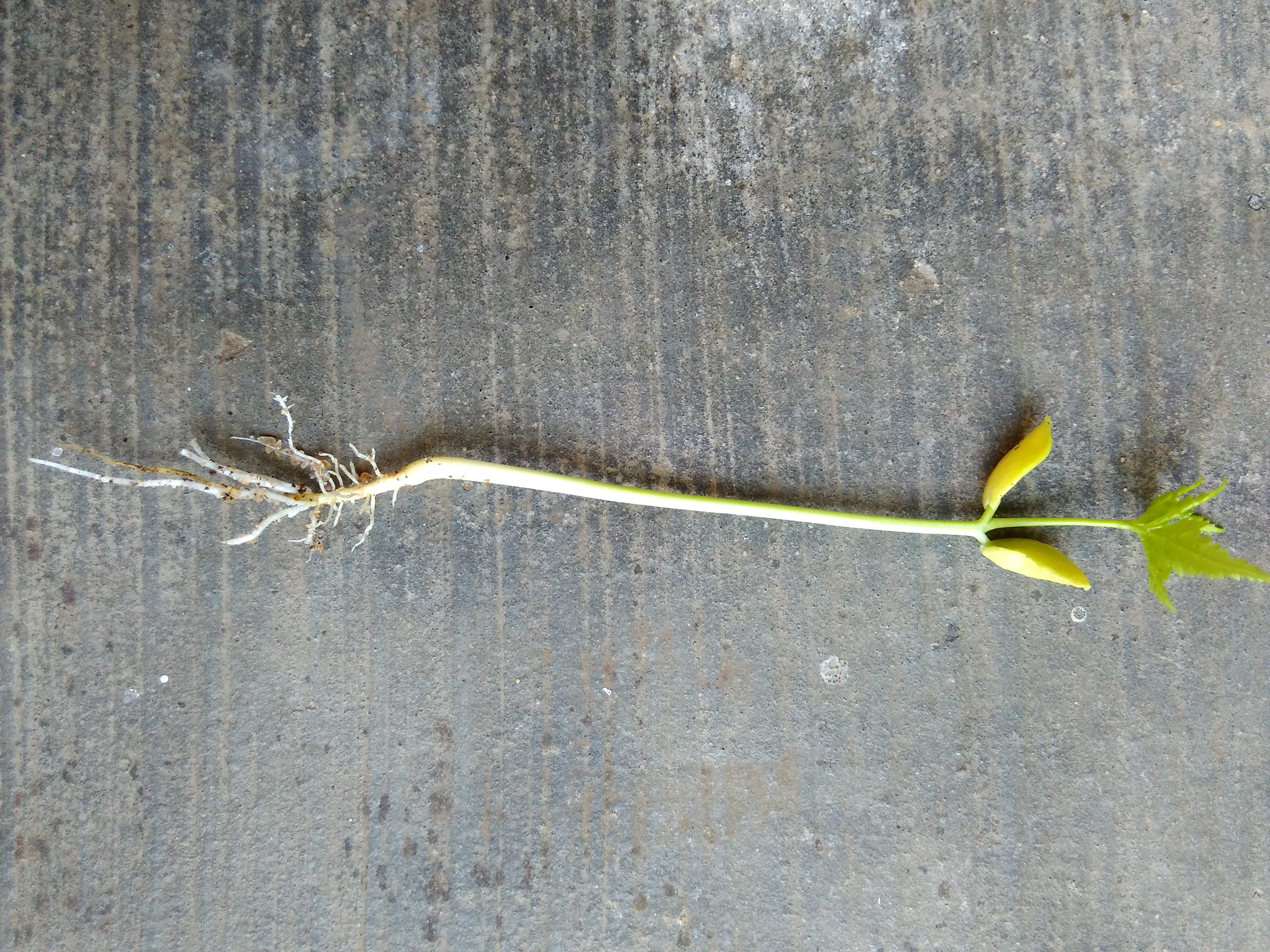|
Acanthaceae
Acanthaceae () is a Family (biology), family (the acanthus family) of dicotyledonous flowering plants containing almost 250 genera and about 2500 species. Most are Tropics, tropical Herbaceous plant, herbs, shrubs, or twining vines; some are epiphytes. Only a few species are distributed in temperate regions. The four main centres of distribution are Indonesia and Malaysia, Africa, Brazil, and Central America. Representatives of the family can be found in nearly every Habitat (ecology), habitat, including dense or open forests, scrublands, wet fields and valleys, sea coast and marine areas, swamps, and mangrove forests. Description Plants in this family have simple, opposite, decussated leaf, leaves with entire (or sometimes toothed, lobed, or spiny) margins, and without stipules. The leaves may contain cystoliths, calcium carbonate concretions, seen as streaks on the surface. The flowers are perfect, Floral symmetry, zygomorphic to nearly Floral symmetry, actinomorphic, and arran ... [...More Info...] [...Related Items...] OR: [Wikipedia] [Google] [Baidu] |
Cornelis Eliza Bertus Bremekamp
Cornelis Eliza Bertus Bremekamp (7 February 1888 in Dordrecht – 21 December 1984) was a Dutch botanist. He received his education at the University of Utrecht, and performed as a botanical researcher in Indonesia and South Africa. In South Africa he collaborated with German botanist Herold Georg Wilhelm Johannes Schweickerdt (1903–1977). From 1924 to 1931 he was a professor at Transvaal University in Pretoria, where he conducted studies of the genus '' Pavetta''. During this time period he collected plants from northern Transvaal, Rhodesia, and Mozambique. A portion of his career was spent at the herbarium in Utrecht, where he specialized in studies of Rubiaceae and Acanthaceae. Eponymy '' Bremekampia'' (Acanthaceae) '' Batopedina'' (Rubiaceae) '' Toddaliopsis bremekampii'' (Rutaceae The Rutaceae () is a family (biology), family, commonly known as the rue [...More Info...] [...Related Items...] OR: [Wikipedia] [Google] [Baidu] |
Acanthus (plant)
''Acanthus'' is a genus of about 30 species of flowering plants in the family Acanthaceae, native to tropical and warm temperate regions, with the highest species diversity in the Mediterranean Basin and Asia. This flowering plant is nectar-producing and depends on butterflies, such as '' Anartia fatima'', and other nectar-feeding organisms to distribute its pollen. Common names include Acanthus and bear's breeches. The generic name derives from the Greek term (''akanthos'') for '' Acanthus mollis'', a plant that was commonly imitated in Corinthian capitals. The genus comprises herbaceous perennial plants, rarely subshrubs, with spiny leaves and flower spikes bearing white or purplish flowers. Size varies from in height. Species 29 species are accepted: #'' Acanthus albus'' #'' Acanthus arboreus'' Forssk. (1775) #'' Acanthus austromontanus'' Vollesen — This species is native to southwestern Tanzania #'' Acanthus carduaceus'' #'' Acanthus caroli-alexandri'' (Syn. ' ... [...More Info...] [...Related Items...] OR: [Wikipedia] [Google] [Baidu] |
Acanthus Mollis
''Acanthus mollis'', commonly known as bear's breeches, sea dock, bear's foot plant, sea holly, gator plant or oyster plant, is a species of plant in the family Acanthaceae and is native to the Mediterranean region. It is a leafy, clump-forming perennial herb, with a rosette of relatively large, lobed or toothed leaves, and purplish and white flowers on an erect spike. Description ''Acanthus mollis'' is a leafy, clump-forming perennial herb with tuberous roots. It has a basal rosette of dark glossy green, lobed or divided, glabrous leaves long and wide on a petiole long. The flowers are borne on an erect spike up to tall emerging from the leaf rosette. The sepals are purplish and function as the upper and lower lips of the petals, the upper lip about long and the lower lip long. The petals are about long and form a tube with a ring of hairs where the stamens are attached. Flowering occurs in summer and the fruit is a sharply-pointed capsule about long containing one o ... [...More Info...] [...Related Items...] OR: [Wikipedia] [Google] [Baidu] |
Acanthoideae
Acanthoideae is a subfamily of plants in the family Acanthaceae. Tribes and genera Wikispecies lists the following genera in six tribes: Acantheae * '' Acanthopsis'' * '' Acanthus'' * '' Achyrocalyx'' * '' Aphelandra'' * '' Blepharis'' * '' Crossandra '' * '' Crossandrella'' * '' Cynarospermum'' * '' Cyphacanthus'' * '' Encephalosphaera'' * '' Geissomeria'' * '' Holographis'' * '' Neriacanthus'' * '' Orophochilus '' * '' Rhombochlamys'' * '' Salpixantha'' * '' Sclerochiton'' * '' Stenandrium'' * '' Streptosiphon'' * '' Strobilacanthus '' * '' Xantheranthemum'' Andrographideae * '' Andrographis'' (synonym ''Indoneesiella'') * '' Cystacanthus'' * '' Graphandra'' * '' Gymnostachyum'' * '' Haplanthodes'' * '' Phlogacanthus'' (synonym ''Diotacanthus'') Barlerieae * '' Barleria'' * '' Barleriola'' * '' Borneacanthus'' * '' Boutonia'' * '' Chroesthes'' * '' Crabbea'' (synonyms: ''Acanthostelma, Golaea'') * '' Hulemacanthus'' * '' Lasiocladus'' * ''Lepidagathis'' (synonym ''Acanthur ... [...More Info...] [...Related Items...] OR: [Wikipedia] [Google] [Baidu] |
Avicennioideae
''Avicennia'' is a genus of flowering plants currently placed in the bear's breeches family, Acanthaceae. It contains mangrove trees, which occur in the intertidal zones of estuarine areas and are characterized by its "pencil roots", which are aerial roots. They are also commonly known as ''api api'', which in the Malay language means "fires", a reference to the fact that fireflies often congregate on these trees. Species of ''Avicennia'' occur worldwide south of the Tropic of Cancer. The taxonomic placement of ''Avicennia'' is contentious. In some classifications, it has been placed in the family Verbenaceae, but more recently has been placed by some botanists in the monogeneric family Avicenniaceae. Recent phylogenetic studies have suggested that ''Avicennia'' is derived from within Acanthaceae, and the genus is included in that family in the Angiosperm Phylogeny Group system. Designation of species is made difficult by the great variations in form of ''Avicennia marina''. ... [...More Info...] [...Related Items...] OR: [Wikipedia] [Google] [Baidu] |
Nelsonioideae
Nelsonioideae is a subfamily of plants in the family Acanthaceae Acanthaceae () is a Family (biology), family (the acanthus family) of dicotyledonous flowering plants containing almost 250 genera and about 2500 species. Most are Tropics, tropical Herbaceous plant, herbs, shrubs, or twining vines; some are epip ..., with a pantropical distribution. Genera * '' Anisosepalum'' * '' Elytraria'' * '' Nelsonia'' * '' Saintpauliopsis'' * '' Staurogyne'' (synonyms: ''Gynocraterium, Ophiorrhiziphyllon'') References External links * * * {{Taxonbar, from=Q6039726 Acanthaceae Asterid subfamilies ... [...More Info...] [...Related Items...] OR: [Wikipedia] [Google] [Baidu] |
Thunbergioideae
Thunbergioideae is a subfamily of plants in the family Acanthaceae Acanthaceae () is a Family (biology), family (the acanthus family) of dicotyledonous flowering plants containing almost 250 genera and about 2500 species. Most are Tropics, tropical Herbaceous plant, herbs, shrubs, or twining vines; some are epip .... Genera The USDA-ARS Germplasm Resources Information Network (GRIN) includes: # '' Anomacanthus'' R.D.Good # '' Mendoncia'' Vell. ex Vand. # '' Pseudocalyx'' Radlk. # '' Thunbergia'' Retz. (synonym ''Meyenia'' Nees ''Meyenia'' Nees) References External links * * {{Taxonbar, from=Q10382269 Acanthaceae Asterid subfamilies ...[...More Info...] [...Related Items...] OR: [Wikipedia] [Google] [Baidu] |
Flowering Plant
Flowering plants are plants that bear flowers and fruits, and form the clade Angiospermae (). The term angiosperm is derived from the Ancient Greek, Greek words (; 'container, vessel') and (; 'seed'), meaning that the seeds are enclosed within a fruit. The group was formerly called Magnoliophyta. Angiosperms are by far the most diverse group of Embryophyte, land plants with 64 Order (biology), orders, 416 Family (biology), families, approximately 13,000 known Genus, genera and 300,000 known species. They include all forbs (flowering plants without a woody Plant stem, stem), grasses and grass-like plants, a vast majority of broad-leaved trees, shrubs and vines, and most aquatic plants. Angiosperms are distinguished from the other major seed plant clade, the gymnosperms, by having flowers, xylem consisting of vessel elements instead of tracheids, endosperm within their seeds, and fruits that completely envelop the seeds. The ancestors of flowering plants diverged from the commo ... [...More Info...] [...Related Items...] OR: [Wikipedia] [Google] [Baidu] |
Mangrove
A mangrove is a shrub or tree that grows mainly in coastal saline water, saline or brackish water. Mangroves grow in an equatorial climate, typically along coastlines and tidal rivers. They have particular adaptations to take in extra oxygen and remove salt, allowing them to tolerate conditions that kill most plants. The term is also used for tropical coastal vegetation consisting of such species. Mangroves are taxonomically diverse due to convergent evolution in several plant families. They occur worldwide in the tropics and subtropics and even some temperate coastal areas, mainly between latitudes 30° N and 30° S, with the greatest mangrove area within 5° of the equator. Mangrove plant families first appeared during the Late Cretaceous to Paleocene epochs and became widely distributed in part due to the plate tectonics, movement of tectonic plates. The oldest known fossils of Nypa fruticans, mangrove palm date to 75 million years ago. Mangroves are salt-tolerant ... [...More Info...] [...Related Items...] OR: [Wikipedia] [Google] [Baidu] |
Cystolith
Cystolith (Gr. "cavity" and "stone") is a botanical term for outgrowths of the epidermal cell wall, usually of calcium carbonate but sometimes of silicon dioxide also, formed in a cellulose matrix in special cell (biology), cells called lithocysts, generally in the leaf of plants. Cystoliths are present in certain Family (biology), families, including in many Genus, genera of Acanthaceae. Plants in the family Urticaceae, known as stinging nettles, also form leaf cystoliths, but only during their later flowering and seed setting stages. Other examples include Cannabis and other plants in the family Cannabaceae, which produce leaf and flower cystoliths, and ''Ficus elastica'', the Indian rubber plant of the family Moraceae. From a 1987 article on cystolith development and structure: References Cell anatomy Plant anatomy {{botany-stub ... [...More Info...] [...Related Items...] OR: [Wikipedia] [Google] [Baidu] |
Dicotyledon
The dicotyledons, also known as dicots (or, more rarely, dicotyls), are one of the two groups into which all the flowering plants (angiosperms) were formerly divided. The name refers to one of the typical characteristics of the group: namely, that the seed has two embryonic leaves or cotyledons. There are around 200,000 species within this group. The other group of flowering plants were called monocotyledons (or monocots), typically each having one cotyledon. Historically, these two groups formed the two divisions of the flowering plants. Largely from the 1990s onwards, molecular phylogenetic research confirmed what had already been suspected: that dicotyledons are not a group made up of all the descendants of a common ancestor (i.e., they are not a monophyletic group). Rather, a number of lineages, such as the magnoliids and groups now collectively known as the basal angiosperms, diverged earlier than the monocots did; in other words, monocots evolved from within the ... [...More Info...] [...Related Items...] OR: [Wikipedia] [Google] [Baidu] |
Habitat (ecology)
In ecology, habitat refers to the array of resources, biotic factors that are present in an area, such as to support the survival and reproduction of a particular species. A species' habitat can be seen as the physical manifestation of its ecological niche. Thus "habitat" is a species-specific term, fundamentally different from concepts such as environment or vegetation assemblages, for which the term "habitat-type" is more appropriate. The physical factors may include (for example): soil, moisture, range of temperature, and light intensity. Biotic factors include the availability of food and the presence or absence of predators. Every species has particular habitat requirements, habitat generalist species are able to thrive in a wide array of environmental conditions while habitat specialist species require a very limited set of factors to survive. The habitat of a species is not necessarily found in a geographical area, it can be the interior of a stem, a rotten log, ... [...More Info...] [...Related Items...] OR: [Wikipedia] [Google] [Baidu] |





